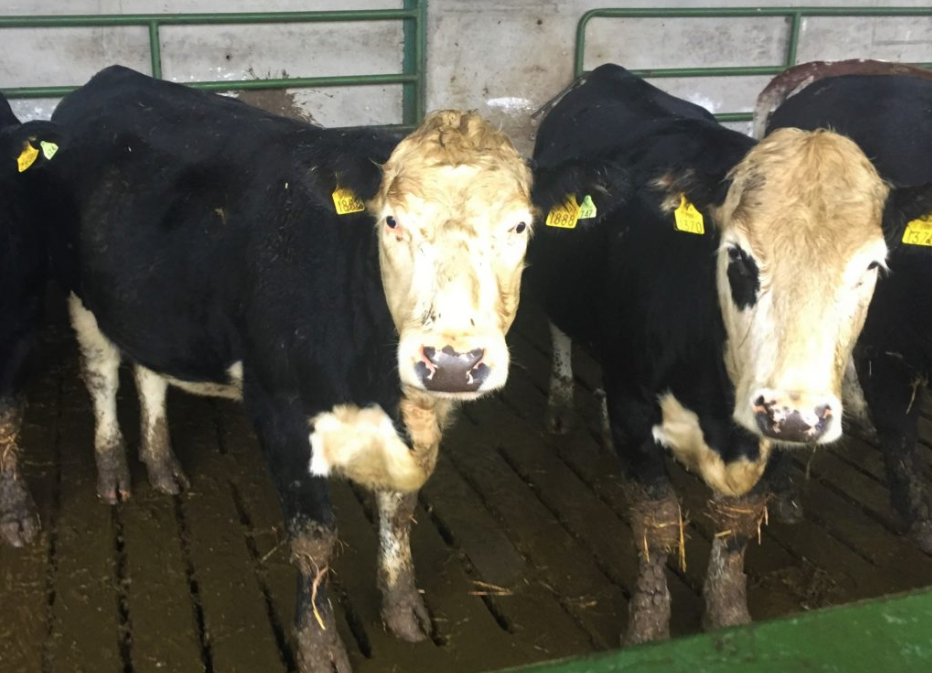Today, Wednesday, September 27, ABP – in conjunction with the Irish Cattle Breeding Federation (ICBF) and Teagasc – has released the latest findings from its dairy beef genetic research programme.
The research, which was conducted over the past five years, was carried out on ABP Food Group’s R&D farm near Clonegal – on the Carlow/Wexford border, which is home to a herd of mainly Aberdeen Angus and Hereford steers and heifers – and the ICBF performance centre in Co. Kildare.
The farm itself is owned and operated by Michael and James Sheppard; the 280ac holding carries beef-sired progeny from the dairy herd to slaughter and the brothers have been in partnership with ABP since 2014.
The carbon analysis was conducted by AbacusBio using data from ABP’s R&D farm, Teagasc and the ICBF database.
The study focused on enteric (occurring in the animal’s gut) methane from birth to slaughter in Aberdeen Angus-sired dairy calves when comparing systems.
A further analysis – involving the impact of sire selection on progeny enteric methane emissions – included more than one breed; this focused on animals reared on the ABP farm and feed intake data gathered in ICBF Tully.
The research examined the environmental and economic impacts of improved genetics on the dairy-beef herd.
The impact of animal breeding and farm systems on beef emissions
Firstly, in terms of the environment, taking into account the same farm, same system and the same regime, it was found that there is potential for a 9-17% reduction in enteric methane emissions within breed and a 17-28% reduction across breed.

Based on a subset of animals reared on the ABP trial farm and finished in the ICBF Tully feed intake centre
In addition, the research indicates that there is the potential to reduce enteric methane by up to 36% across different farming systems – for example, 24, 26, 28 and 30-month finishing operations.
According to the trial, moving the age at slaughter profile forward by two months would add a further 10% reduction in enteric emissions.
This is timely research as Ireland comes under increased pressure to reduce emissions from agriculture significantly by 2030.
Commenting on the findings, Dean Holroyd, group technical and sustainability director at ABP, said:
“It is clear that a carbon reduction opportunity exists through improved genetics and we believe that the application of these findings can have a significant role to play when it comes to agricultural greenhouse gas (GHG) abatement, as set out in the Government’s 2019 Climate Action Plan.”
Padraig French, head of dairy research at Teagasc, outlined: “This research has demonstrated that it can be made even more efficient by dairy farmers selecting the best bulls to produce these animals which are finished at a younger age, with lower feed requirements.
This technology will have an even greater impact when combined with sexed semen which is moving closer to being commercially viable for widespread use.
Adding to these comments, Andrew Cromie, ICBF technical director, noted that the data collected and results established on the R&D farm, were now forming critical components of ICBF’s broader Gene Ireland Dairy Beef Programme, including its plans for the future.
“This gives us great confidence that outcomes from the study to date are real and repeatable across the dairy beef industry.
“The challenge for ICBF is now to include these metrics (such as age at slaughter and enteric methane output), into our routine genetic evaluation and herd benchmark systems,” he concluded.
More details from the research to follow…


